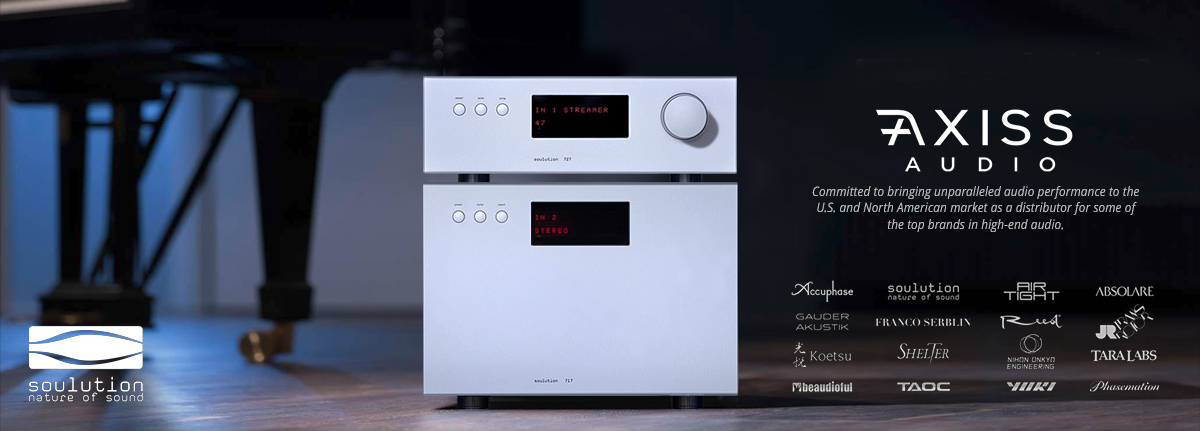I did not write that with the same tubes and components, I repent.
Yes, you are right, there are other OTL.
OTL is a combination of tubes, active elements that work with weak currents and a speaker that requires a large current. The combination, in my opinion, is unnatural. Tubes are used in modes where their service life is short. In addition, they are used inefficiently: in the SET amplifier, I can get an output power of 20 W from the 6?33?, for the OTL amplifier, at least 4 such tubes are needed for this.
In OTL amps there is a problem of preventing direct current through the speaker. And this is only feedback or an output electrolytic capacitor. In both cases, the sound becomes worse.
Four 6C33s can make up to 100 Watts in class A, depending on the load (16 Ohms). A pair of them easily make over 20 Watts! As you describe it, this means the OTL is more efficient??
You'd be surprised how much current can be passed by a properly designed OTL. Were this not the case I doubt we'd have been able to stay in business the last 45 years. Your last statement above is outright false. Our output circuit has no feedback and is direct coupled. If the amps were damaging speakers, again, we'd have been out of business long ago. It is true that if you put a speaker on the amps that can't handle the power of the amps, you might be able to damage the speaker. We've figured out how to keep our amps relatively safe over the last 45 years, if you get my drift
Push pull by its very nature provides a large degree of even order distortion cancellation, leaving the odd order harmonics behind and exposed, if the two halves of the push pull are perfectly matched. The even order that creeps into the measurements of most push pull amps is due to the non-perfect execution and/or device matching. Of course this could also be done deliberately. So, the pattern is quite different between the two topologies and this has audible consequences. Keith Howard did experiments on these patterns by adding the distortion digitally to recordings and he found that a predominantly odd order pattern was by far the most offensive sounding. The same level of odd order distortion with the even order added back in was significantly more palatable. So much for your hypothesis that the 3rd order also masks like the 2nd. You need the preceeding harmonic to be higher than the following harmonic to provide the masking. Remove the evens and you remove the masking as the gap is too large to the next harmonics. The odd harmonics above 3rd are also well known to be unpleasant to humans, often metallic and edgy sounding. Expose them and that edge creeps in and sounds unnatural.
It is also wrong to say that only 20% of the power is usable. If a SET is rated at 20 watts with 3% distortion and nearly all of that is 2nd order, then nearly all of that 20 watts is certainly usable without much in the way of AUDIBLE distortion. AND if your speaker is sensitive, say like 95dB or higher, then you are probably never using much more than 1 watt anyway and you have a lot of headroom for peaks, which at those higher SPLs then 3 or probably even 10% THD (if mostly low order) won't be audible (Cheever makes it clear the audibility of distortion scales with SPL, which is why he has an SPL term in his equation).
If the SET is rated 3% distortion, that won't be at full power prior to clipping. Try it and see.
Its not hypothesis, its theory, and its not mine. Wherever you got information as you describe in your first paragraph, is simply incorrect. What you have to explain is why the 3rd can mask higher orders in a loudspeaker, while somehow this does not happen with an amplifier.
I've explained a bit of this before, but here it is again... : Norman Crowhurst pointed out in the late 1950s that when you combine PP output with a single-ended input, you get a prominent 5th harmonic. He didn't explain why, but I will:- you are combining two non-linearities, quadratic and cubic. So you get an enhanced 5th. If you have only differential throughout, you get only the cubic, which has a very desirable exponential decay of succeeding harmonics above the 3rd. The 3rd itself will be found to be lower than it appears in an SET. The succeeding harmonics are falling off at a faster rate; the circuit is inherently lower distortion than you can get with an SET as less distortion is compounded from stage to stage. The desirable masking phenomena occurs, the distortion is 1 or 2 orders of magnitude lower at any given power level- you get a better 1st Watt.
Now if the only amps you've heard combine PP and single-ended, I'm not going to argue. But please, think about the variables!! When you talk about how PP is inferior, are you using the same power tubes as the SET? How about class of operation? Feedback? and so on. When you eliminate these variables a very different truth is revealed.
Last edited:
















